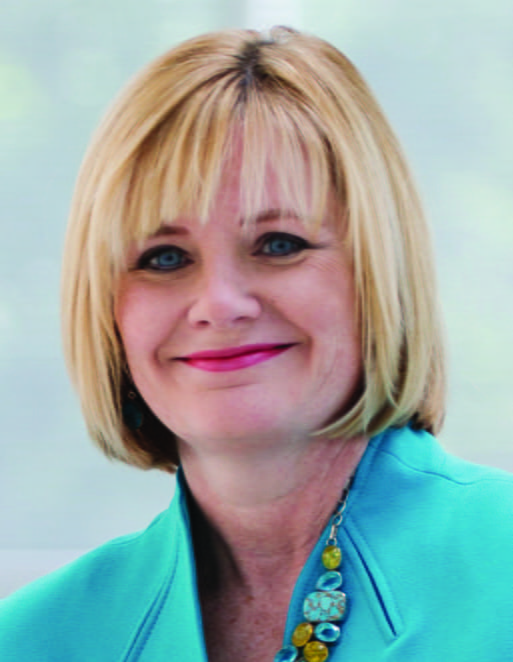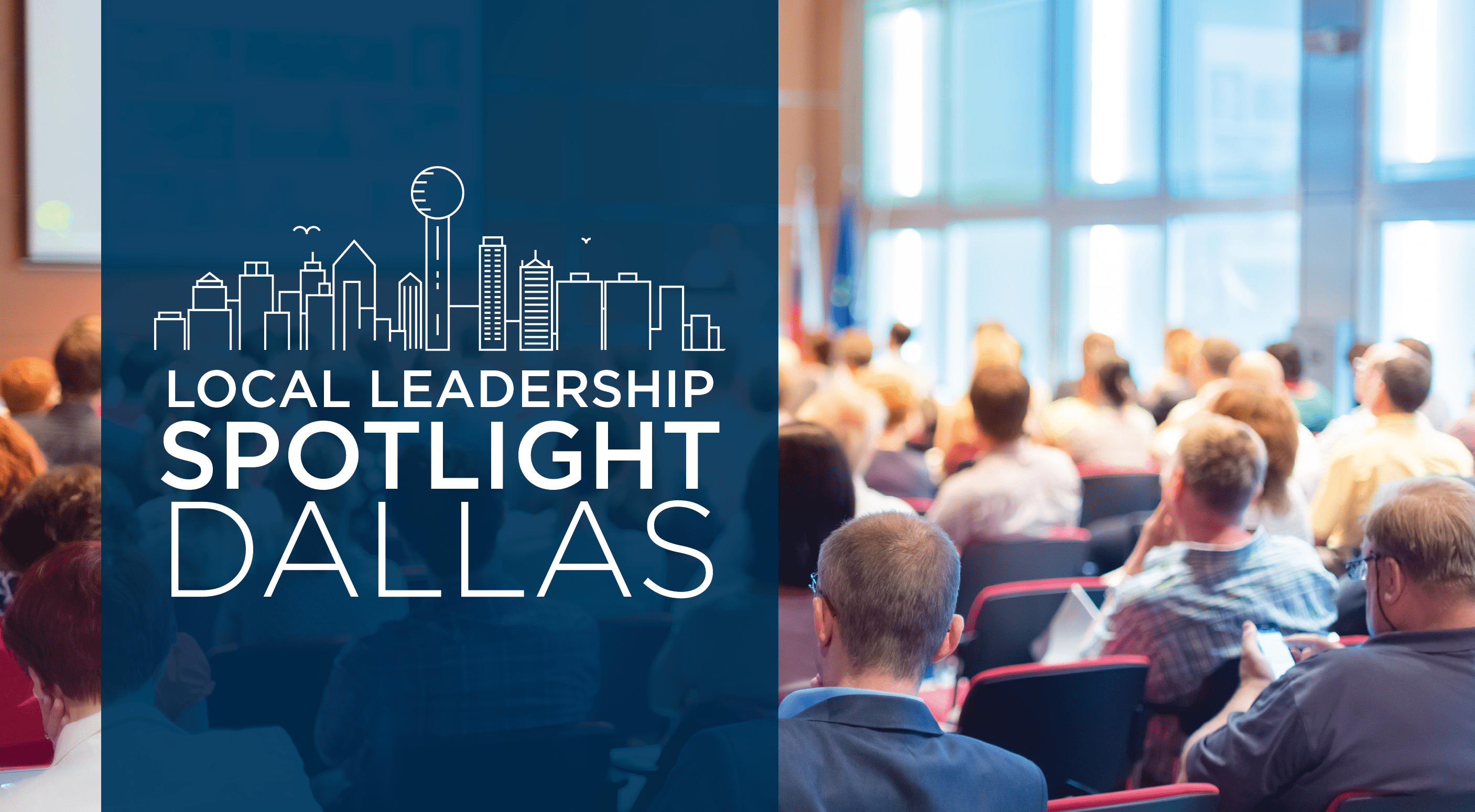Connecting the community through music: Talking with Kim Noltemy of the Dallas Symphony Orchestra
 Kim Noltemy is president and CEO of the Dallas Symphony Orchestra. Together with the symphony’s board, she is leading bold, new initiatives to expand the organization’s connections with audiences, donors, and the community. Kim joined the Dallas Symphony Orchestra in 2018 after spending more than 20 years with the Boston Symphony, most recently as chief operating and communications officer.
Kim Noltemy is president and CEO of the Dallas Symphony Orchestra. Together with the symphony’s board, she is leading bold, new initiatives to expand the organization’s connections with audiences, donors, and the community. Kim joined the Dallas Symphony Orchestra in 2018 after spending more than 20 years with the Boston Symphony, most recently as chief operating and communications officer.
What do you want readers who are unfamiliar with the Dallas Symphony Orchestra to know about your organization?
The Dallas Symphony Orchestra is among the top 10 American orchestras and the largest performing arts organization in the Southwest. We have a new music director, Fabio Luisi, who is renowned across the world and was in very high demand. We are fortunate that he chose to come to Dallas.
Of course, we perform classical music, but many people don’t know that we also perform a wide spectrum of musical genres. For example, our Pops series includes “Movies in Concert,” ranging from Star Wars and Harry Potter to The Nightmare Before Christmas. Leslie Odom, Jr., the Tony Award-winning Hamilton star, performed with us, singing hits from the show. We have collaborated with many other artists, such as Jennifer Holliday and Dallas native Erykah Badu.
How can the Dallas business community engage with the Dallas Symphony Orchestra?
We have several groups, including a business philanthropy committee and the Young Professionals organization, that are great entry points for becoming involved. In addition to providing vital support for the symphony, these offer networking opportunities and the chance to participate in special events and meet musicians.
We are very excited about a new event this year, called C-Suite Christmas. Six senior leaders of major corporations will play an active role in our holiday concert – whether that is to conduct, play an instrument, or narrate. It is a unique opportunity live that dream of being on the stage of a concert hall. We have planned a full package of events around the performance, including a pre-concert reception and dinner. Each participant selects a charity that receives tickets for children and their families, and there will be special activities for the families, as well.
What are the biggest challenges facing the Dallas Symphony Orchestra?
All not-for-profit organizations have financial challenges and a need to raise money. Like museums and theater, ours is an art form that is not sustainable without private support.
Classical music also faces a unique challenge: We have a “time” problem. Our performances are two-hour concerts, meaning that people must commit to two hours of unplugged time, as well as time to get to and from the performance – which, given the size of the metroplex, is not insignificant. More than ever, there is so much competition for people’s time. Even if you love classical music, you have to choose not to do something else.
Finally, love and appreciation for music starts in the schools, but music education is at an all-time low.
One of West Monroe’s core values is social responsibility, and we know the Dallas Symphony Orchestra also has a strong commitment to giving back to the community. What is one thing the organization is doing that particularly excites you?
We have had very successful youth education initiatives in the community for many years. This year, we introduced a new program in southern Dallas, the area of the metroplex with the fewest opportunities for children to participate in extracurricular activities, particularly in the arts and music. Through Dallas Independent School District camps, we are providing instruments and lessons for as many children as we can recruit. More than 200 children took part past summer, and we have 500 participants in school programs this fall. In addition to providing one-on-one education, this program supports the community through other activities, ranging from school clean-up days to weekend visits by musicians.
How are you using technology to improve attendees’ experiences?
We try to use the best technology possible to enhance communication and experience. For example, we employ data mining technology to reach the right people with the right messages through email and social media.
Last year, we began working with InstantEncore to introduce LiveNote® during selected concerts. LiveNote is an app developed by The Philadelphia Orchestra and Drexel University that delivers real-time program notes and commentary to a mobile device during a performance. For example, it may prompt the audience member to listen for the oboe solo, which represents a bird or character, followed by a big sound that represents a storm approaching. The commentary might also provide insight into what inspired the composer, such as something happening in the environment. Attendees can access LiveNote via the free DSO app.
We also use technology to extend our reach and engage many more people than are in the hall for the performance. For example, we produce video interviews and podcasts to provide information about the music before and after our performances, and we live stream concerts when feasible via the internet or Facebook or even on big screens in parks.
What is your favorite thing about living and working in Dallas?
I love how warm, friendly, and welcoming people are here. I have been here a year and a half, and already I think I know as many people as I did during my 40 years in Boston. I can go into a restaurant on any given night, and I will probably know someone there. It has been very easy to fit in here quickly.
